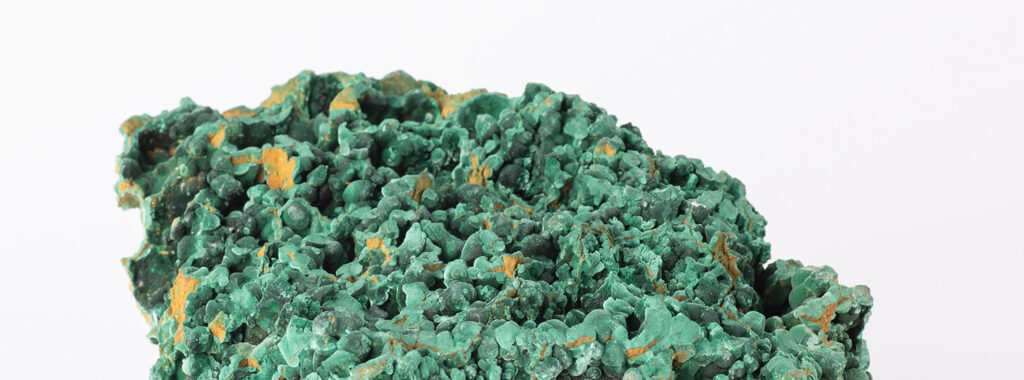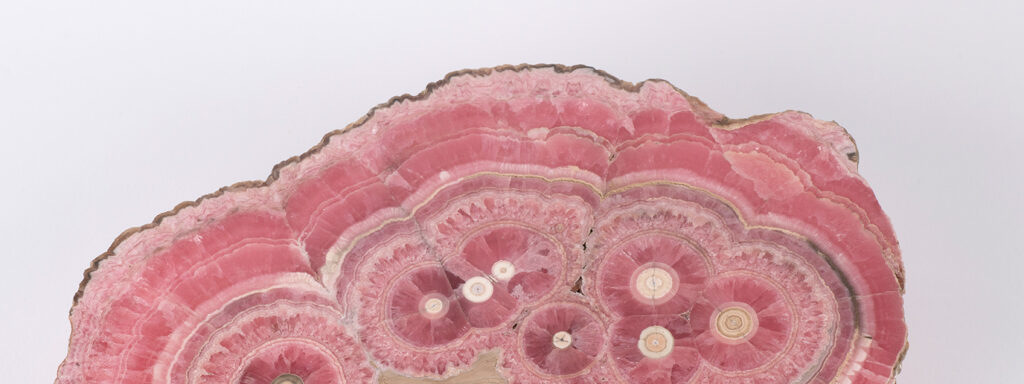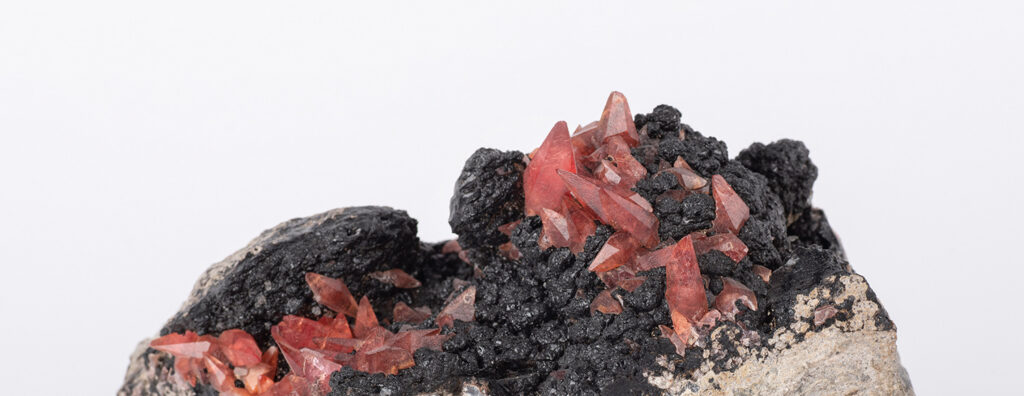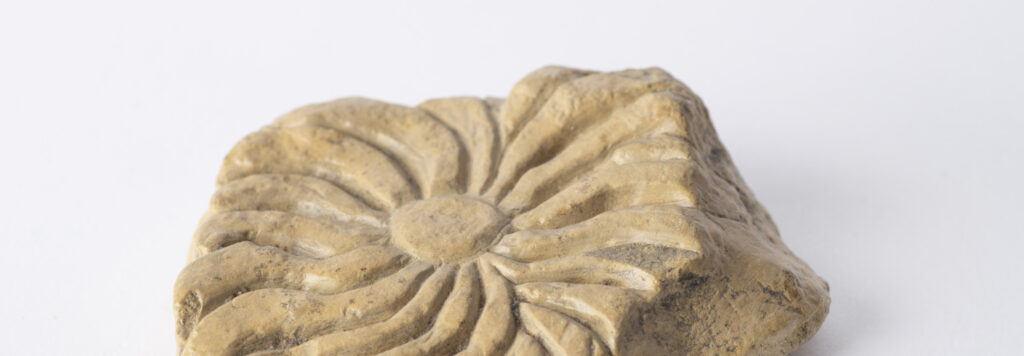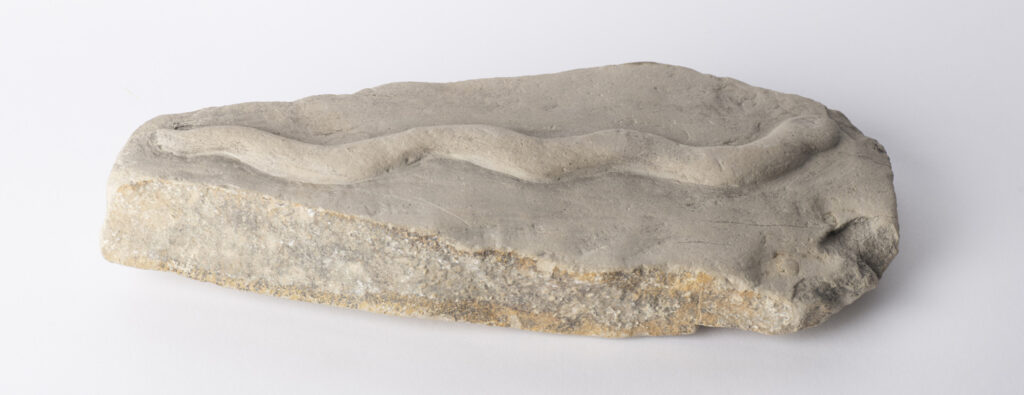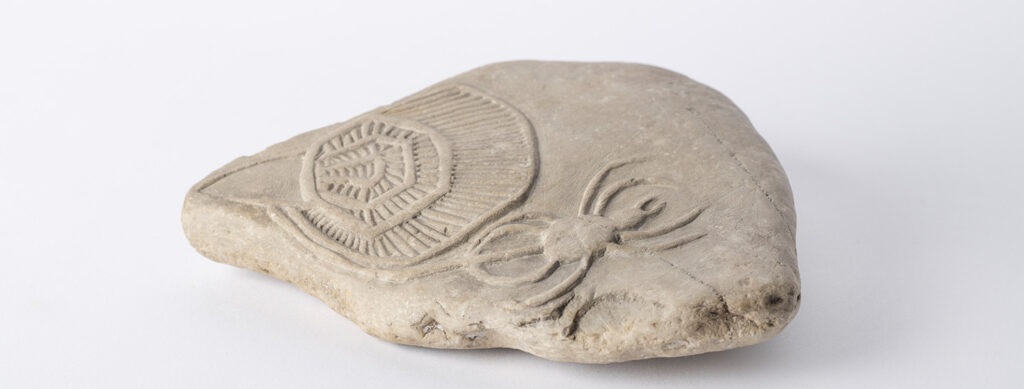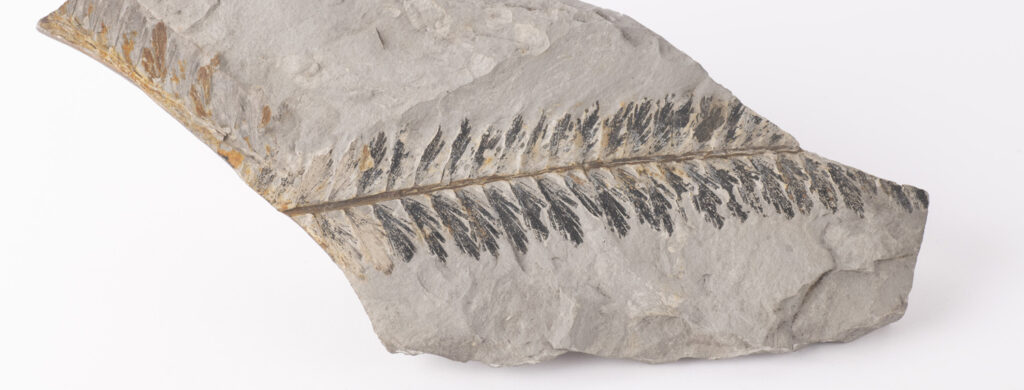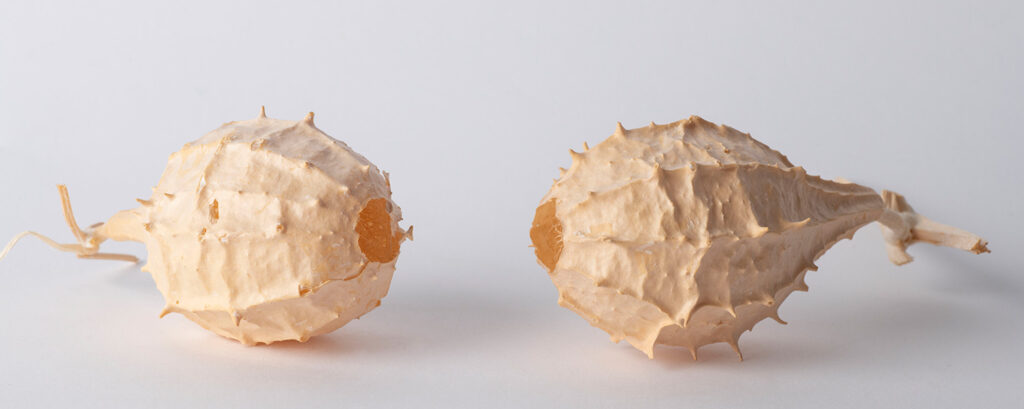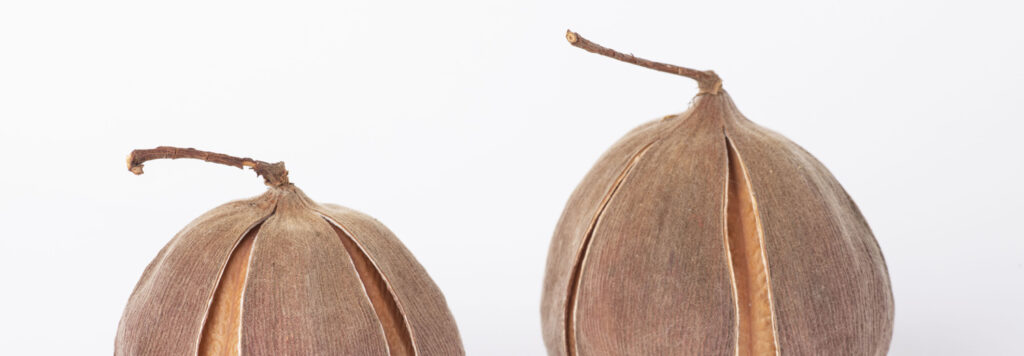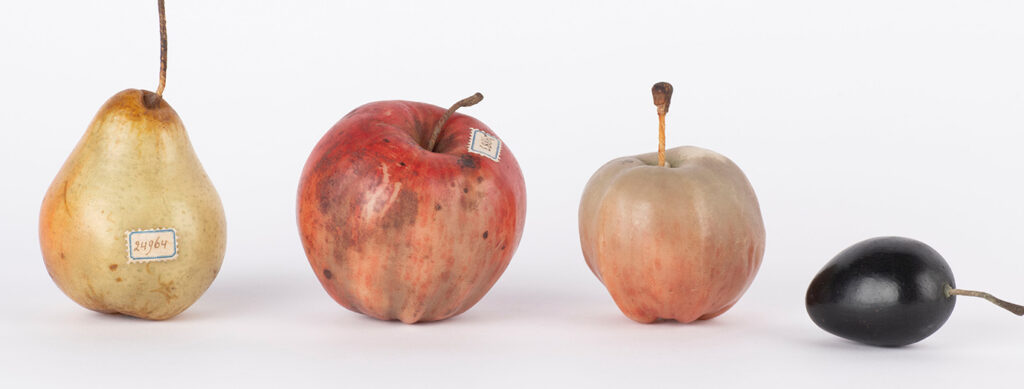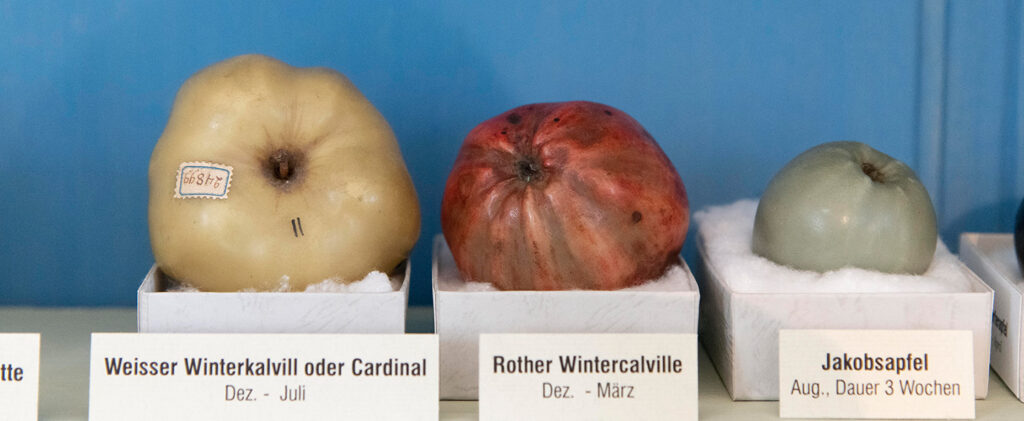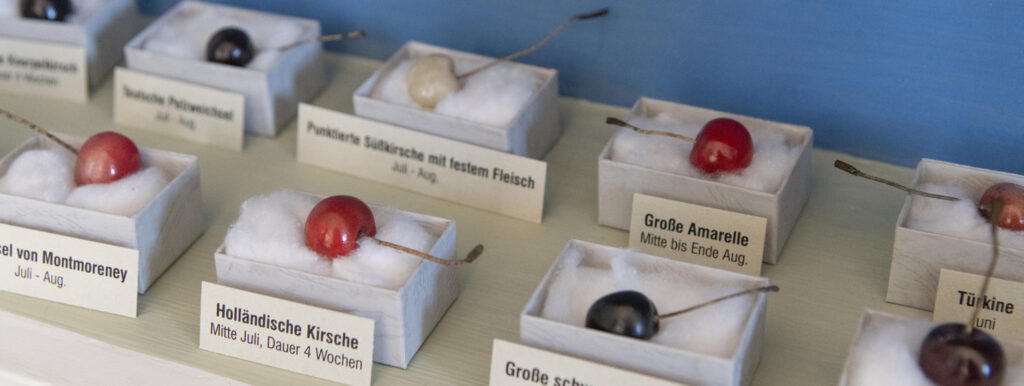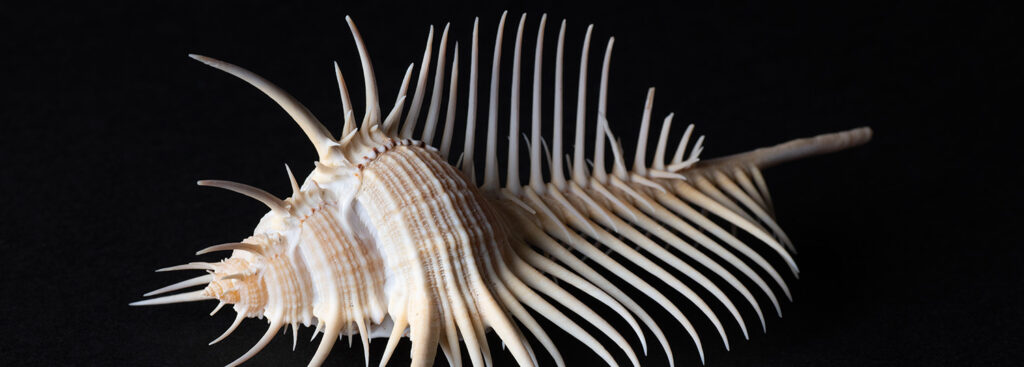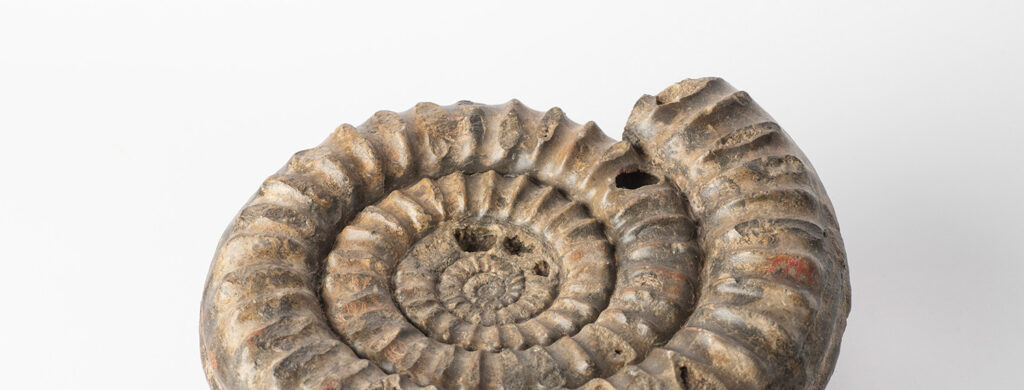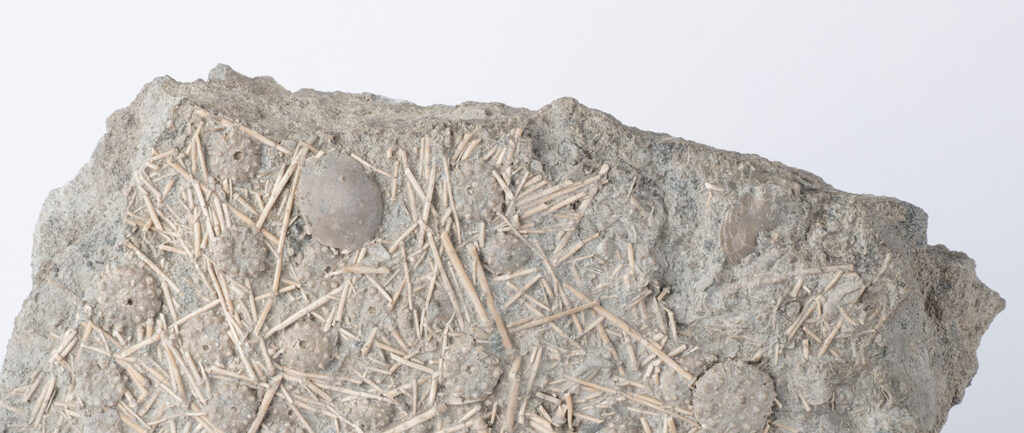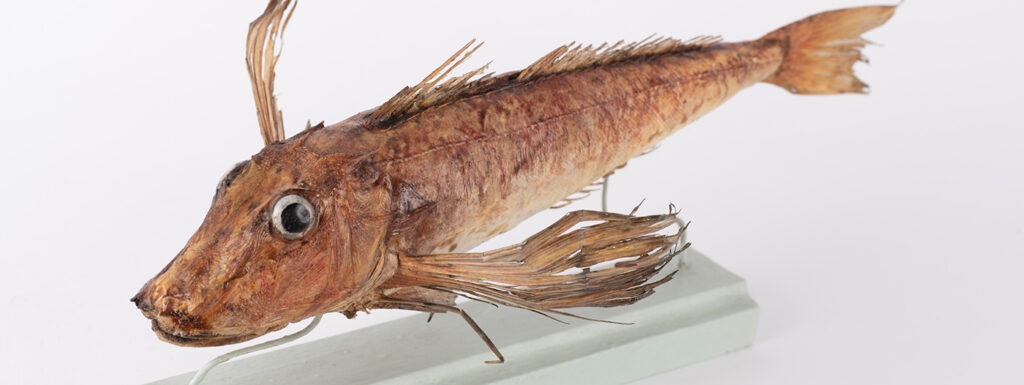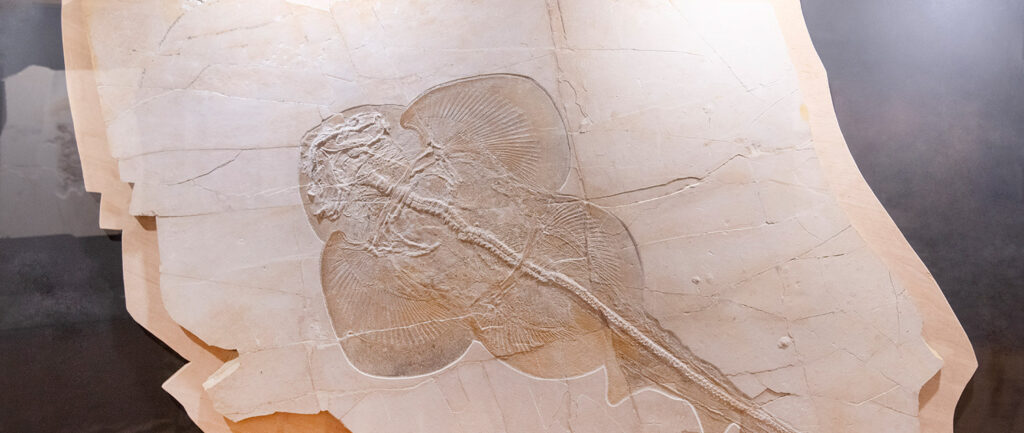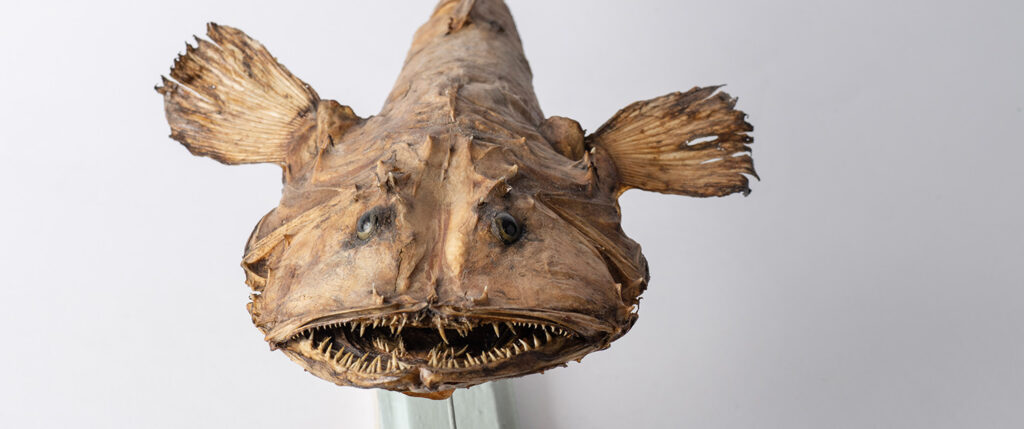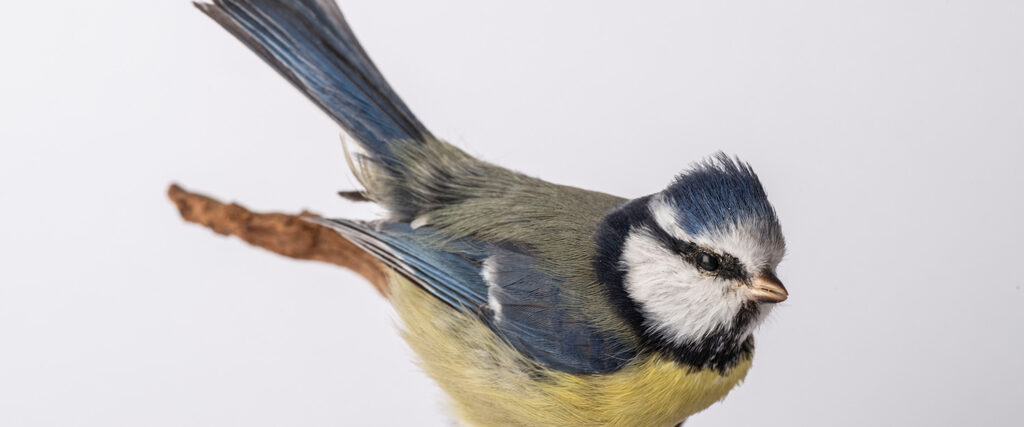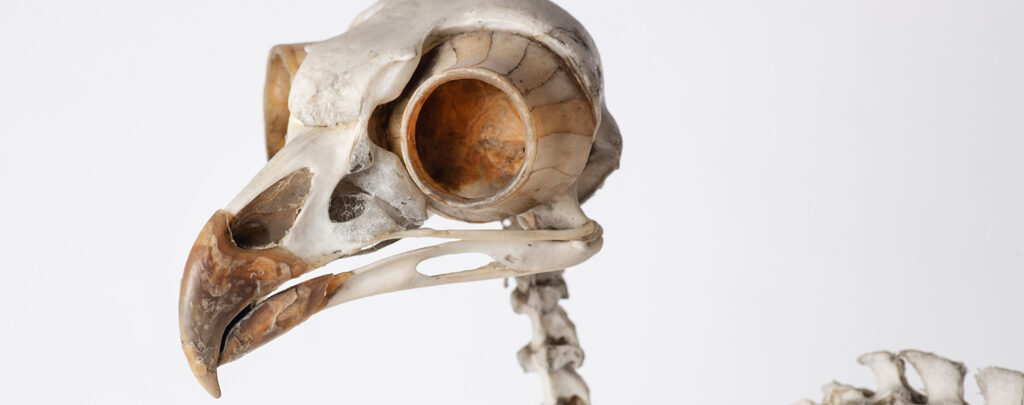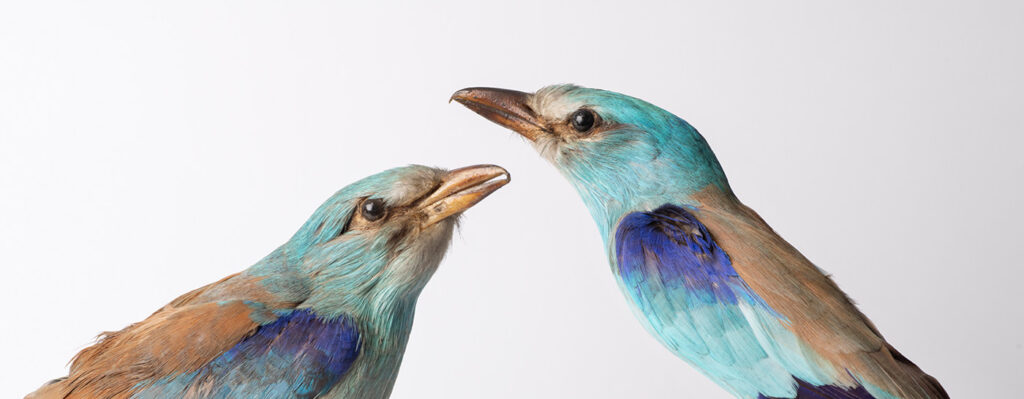History of the Bird Hall
Construction and stagnancy
1791-1795
The Bamberg Bird Hall dates back to the work of Prince-Bishop Franz Ludwig von Erthal (1730-1795). As a progressive-thinking regent, Franz Ludwig was committed to the end of the age of Enlightenment.
For his Bamberg University, he introduced a chair of natural history for the first time. To enrich the lectures with illustrative material, he acquired various natural history collections. In 1791, he ordered the construction of a natural history cabinet in the north wing of the former Jesuit College to house the collections. By removing walls and the intermediate ceiling, his court architect Lorenz Fink created this spacious hall with an arcade extending over two floors, which was finally furnished with wall paneling, noble display cases and rich carvings. When Franz Ludwig died in 1795, the cabinet was still unfinished. During the following period of political uncertainty, the half-finished museum lay idle. It was not until the year of secularization in 1803 that things took a turn for the better.
Steep ascent
1803 – 1838
With the dissolution of the nearby Banz monastery in 1803, the natural history cabinet there was also abandoned.
The head of this cabinet, Father Dionysius Linder (1762-1838), was able to prove private property rights to the collection to the new state government. Linder offered his entire holdings as a donation to the unfinished Bamberg Natural History Cabinet, with the condition that he could act as its director for the rest of his life. The agreement was reached, and the industrious ex-Benedictine devoted himself eagerly to the new task. He managed to complete the spatial arrangement, purposefully increased the collections and brought the cabinet to its first period of prosperity and Europe-wide importance. Moreover, he ensured the continued existence of the museum for many decades through several financial donations from his own assets.
The Natural History Cabinet becomes the Bird Hall
1838 – 1900
Linder’s successor, the clergyman Andreas Haupt (1813-1893), also increased the collections extremely successfully.
Thus, the room soon became too small for the abundance of exhibits. Therefore, Haupt obtained the annexation of several adjoining rooms. Still under Haupt and especially his successors, the collection of prepared birds was concentrated in the large exhibition hall. The room owes its popular name “Bird Hall” to this circumstance.
Highly appreciated monument
1900 – 2010
During this period, the Bird Hall underwent several phases of remodeling and renovation. In the 1970s, the hall was finally placed under a preservation order.
In 1988, the technical and scientific care of the Bamberg Museum of Natural History was handed over to the Directorate-General of the State Natural Science Collections of Bavaria (SNSB).
Due to increasing damage to the color scheme, the hall had to undergo a complete renovation between November 2008 and April 2010. One of the goals of this measure was to implement a return to the appearance of the room during the first half of the 19th century. The spectrum of exhibits on display was also to be brought back into line with the requirements of a universal natural history cabinet.
